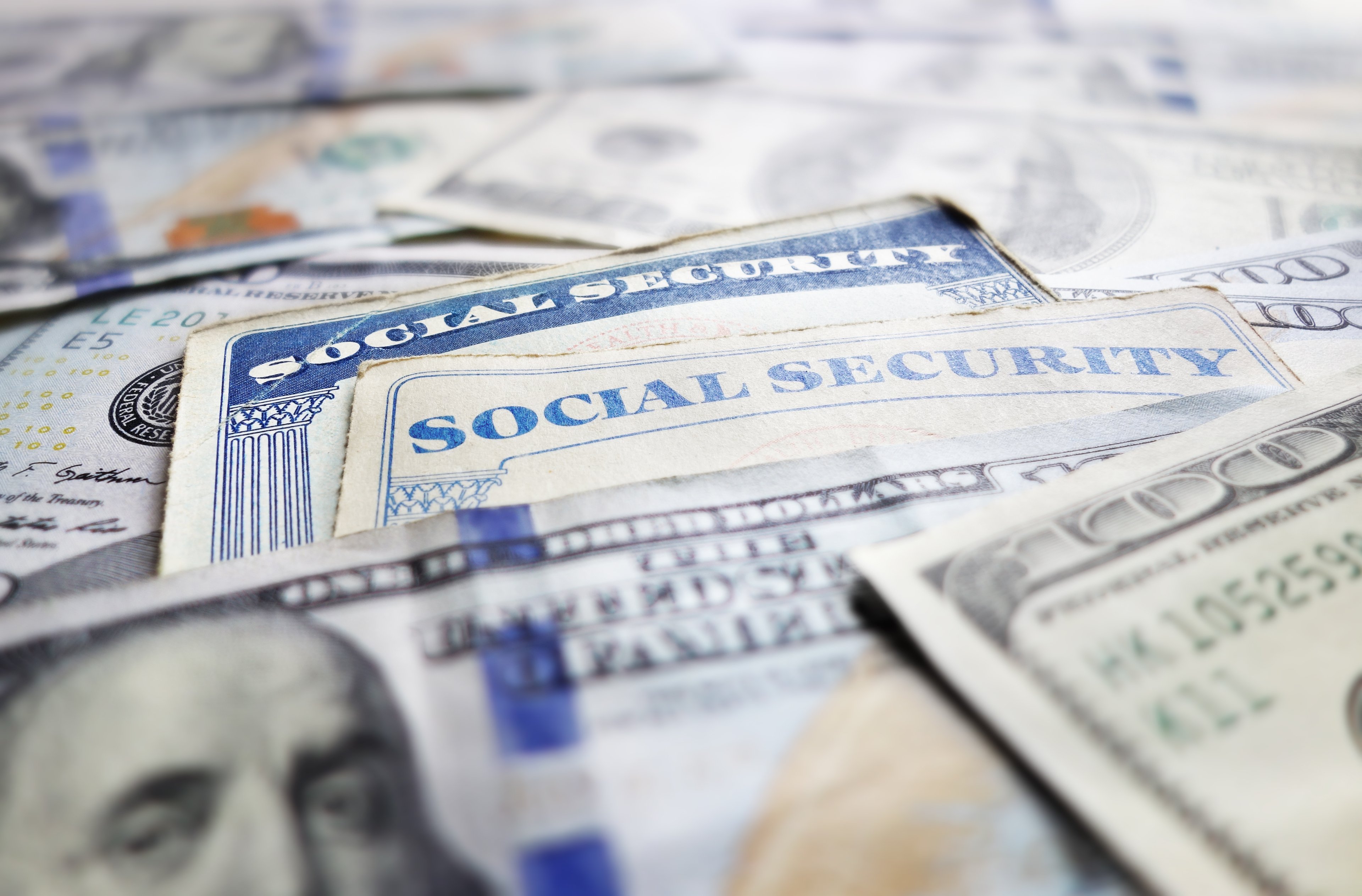We live in a country that practically runs on borrowing, and the latest data from the Federal Reserve Bank of New York only drives home this point. According to the Fed, total U.S. household debt reached $12.73 trillion in the first three months of the year, marking a $149 billion increase since the end of 2016. What this also means is that collectively, Americans have a higher level of debt today than they did back in 2008, when it peaked at $12.68 trillion.
If you don't quite remember 2008, here's a brief summary: The housing market went boom, the stock market tanked, and the economy was in such a sorry state that even to this day, countless Americans have yet to fully recover. Yet the news out of the Fed isn't all bad, because while debt levels have hit a record high, we're in a very different situation today from where we were the last time around.

IMAGE SOURCE: GETTY IMAGES.
Now versus then
While growing debt might seem like an ominous sign, there are several key differences between borrowing trends back in 2008 and the patterns we're seeing today. For one thing, although mortgage balances still constitute the bulk of household debt, they're a smaller percentage of total outstanding obligations. Adding to our country's debt load, meanwhile, are student loans, which continue to climb year after year. And while we can still attribute a portion of our collective debt to outstanding credit card balances, that total has shrunk down a bit to $764 billion.
But the greatest difference between 2008 and today is who's borrowing all that money, and the answer is, more creditworthy individuals. With the exception of student loans, borrowers today are doing a much better job of keeping up with their debt than they were back in 2008. Delinquency rates on mortgages and auto loans, for example, have declined since the Great Recession. In fact, during the first quarter of the year, consumers were delinquent on 4.8% of total debt, which represents a notable improvement from the 11.9% of debt that was at least 30 days in arrears as of late 2009.
Higher levels of debt can also be a positive sign for the economy on the whole. When people start applying for loans, it means they're comfortable enough in their jobs to take on additional financial obligations. And when those same people get approved for those loans, it means more lenders are identifying them as qualified borrowers. Don't forget, lenders have gotten stricter about borrowing over the past nine years, so the fact that more people are able to get loans in the first place indicates that the economy isn't doing too poorly.
On the other hand, we should all take this news with a side of cautious optimism. Though an uptick in borrowing can be construed as a good thing, if we're not careful, we could be headed right back for trouble.
Beware the dangers of borrowing
Having reasonably decent credit is a prerequisite to getting a loan, and in that regard, Americans are doing slightly better today as compared to years past. According to WalletHub, back in 2008, the average American's FICO score was 690, but as of 2015, the last year for which data is available, that number climbed to 695. Still, if there's one thing we all need to be careful about, it's getting too comfortable with the idea of borrowing, because that's where so many people ran into trouble in the years leading up to the housing market collapse.
These days, the problem doesn't seem to be stemming so much from mortgage debt as it does student loans. Americans currently owe a cumulative $1.4 trillion in student debt. In fact, student debt exceeds credit card debt by a good $620 billion. The student loan crisis has gotten so bad that it's highly to blame for the fact that more than 16 million U.S. households actually have a negative net worth -- a status achieved when a household's total debt exceeds the value of its assets.
Since college costs aren't expected to go down anytime soon, the best we can do is be more judicious about how much we're willing to borrow and consider veering off course, as needed, to keep those costs to a minimum. This might mean attending community college for a couple of years in lieu of a pricier private or even state university.
But it's not just student loans we need to be wary of. We also need to proceed with caution when it comes to housing and credit card debt, because both have a way of spiraling when we least expect it. While we're all perhaps a bit more creditworthy today than we were in years past, we're no means a nation of savers. Quite the contrary: An estimated 69% of U.S. adults have less than $1,000 in the bank, and 34% of us have no savings at all. If we continue to borrow at record speed without ramping up our savings efforts, we're likely to find ourselves back where we started roughly a decade prior, when the economy as we knew it utterly fell to pieces.





